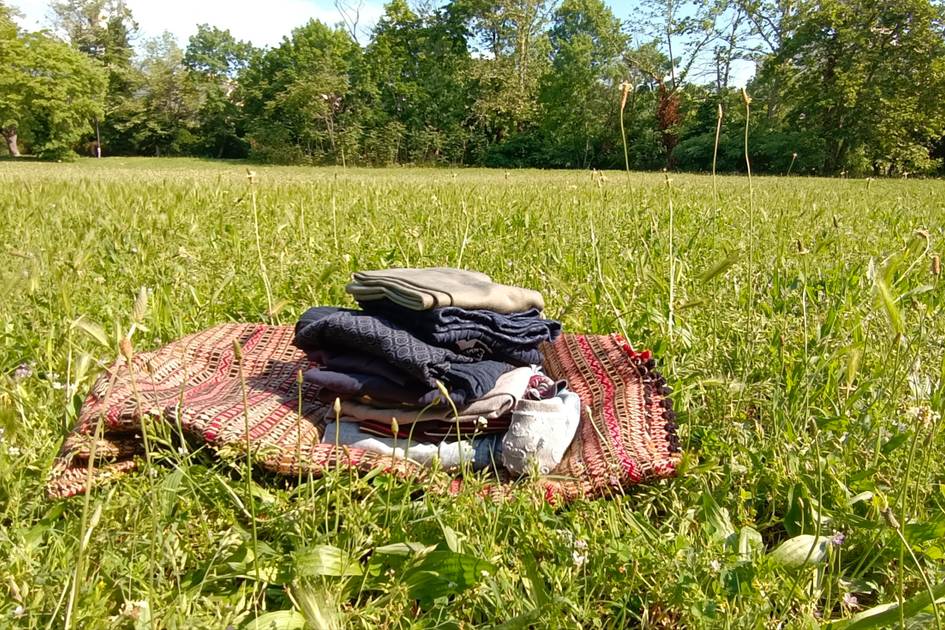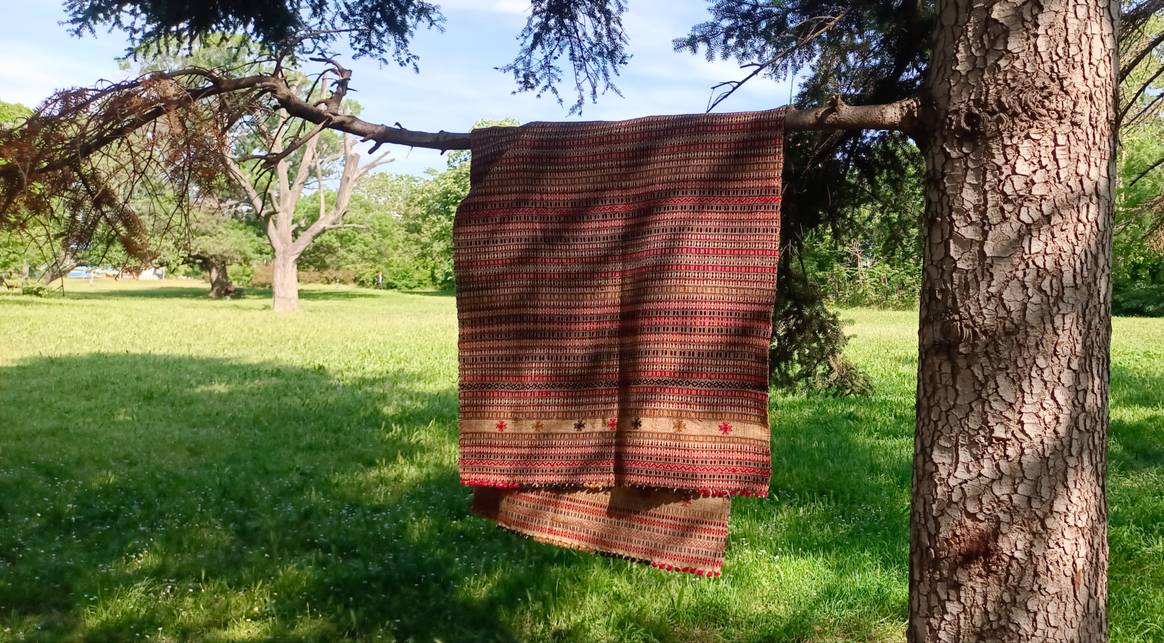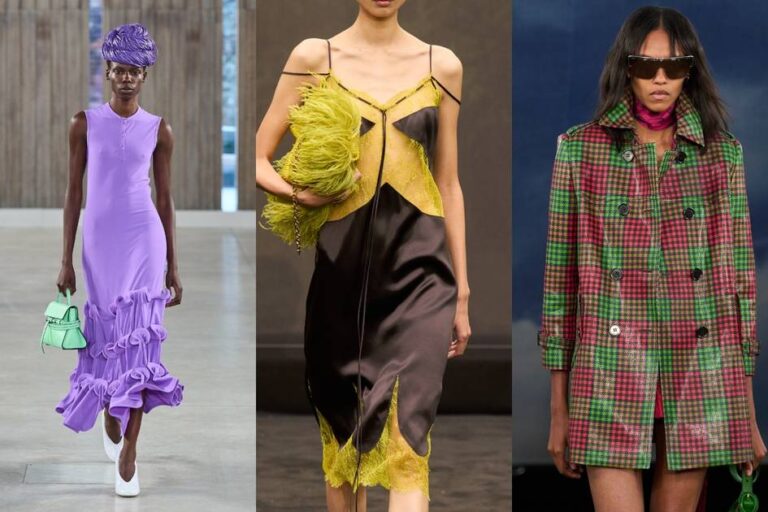Travel Smart: Embrace Light Packing for Your Wallet and the Planet

According to a CivicScience survey, most US consumers allocate up to $200 annually for their holiday outfits. The reasons for purchasing new clothing instead of reusing existing items include a desire to update their wardrobe (45%), preparations for a vacation or trip (27%), and nearly a quarter citing ‘just for fun’ (26%).
This got me reflecting on the environmental impact of travel and the growing issue of textile waste. In the US, approximately 37 kilograms of textiles per person are discarded yearly, while in Europe, the figure is about 16 kilograms, as reported by Earth.org and the European Environment Agency, respectively.
The Environmental Price of ‘Just for Fun’ Shopping
The tendency to pack heavier bags also leads to increased operational costs for airlines. Managing luggage is a significant expense, with extra weight on flights resulting in higher fuel consumption; for instance, airlines can spend an additional $472 per flight for every extra 2 kilograms carried on an A380. Consequently, airlines often transfer these charges to travelers.
Minimizing luggage—known as ‘onebagging’—is a great strategy for reducing environmental impact, saving money, and lightening your wardrobe. I wanted to explore whether I could make do with just the standard carry-on size of 16 by 8 by 10 inches (40 x 20 x 25 centimeters). Could I manage with less while still looking good? Social media pressure often pushes holiday-goers to buy new outfits, fearing they might be seen in the same clothes twice.
Strategies for Successful ‘Onebagging’
When packing for versatility, it’s essential to account for different weather conditions and terrains. My choices included one pair of jeans, two t-shirts, a sweater, and a fleece jacket, along with two pairs of leggings and yoga pants. A dress and a couple of tunics were optional items, while a lightweight jacket was practical. I found a large shawl, 75 by 31 inches (190 x 80 centimeters), to be invaluable as it could serve as a blanket or a yoga mat cover. Additionally, a small scarf and a cap were great for dealing with chilly airplane drafts.
Color coordination becomes crucial with a limited selection. To avoid mismatched outfits, it’s wise to stick to one or two color schemes. In my case, dark blue and olive worked for most pieces, including socks.
While I was uncertain about needing swimwear, I opted for quick-drying underwear that could double as swimwear if necessary. Conversely, swimwear that can pass as casual outfits—like swim tops or shorts—might also be a good choice.
Choosing breathable, comfortable fabrics is non-negotiable. While style matters, there’s simply no room for discomfort in a limited packing scenario. Each item should ideally “spark joy” (a core tenet from Marie Kondo) since it will be worn repeatedly throughout the trip.

Overcoming Personal Challenges in Packing
As Joshua Rothman points out in a December 2024 New Yorker article, there are several challenges to efficient packing. He notes the need to manage contingencies, the influence of consumerism, and the desire for comfort while acknowledging that the biggest hurdle might just be oneself.
It requires a relaxed attitude and acceptance of a limited wardrobe—being okay with repeating outfits is vital. Ultimately, one’s personality plays a significant role in how easily one adapts to this approach. During my travels, I found myself contemplating whether I felt envious of others with larger suitcases and diverse outfits or whether I enjoyed the ease of working with a simplified wardrobe.
After the journey, I felt accomplished knowing I only brought essential items, all of which were utilized. Though I ran low on socks and t-shirts, that’s easily remedied for next time.
Is Further Minimalism Possible?
Definitely! If staying with friends of similar sizes, consider borrowing items to lighten your load, which also leaves space for souvenirs. Renting clothes has also gained popularity, with services like Rent the Runway and Stitch Fix offering appealing rental subscriptions. This method does require careful planning to ensure availability and suitability.

Clothing swaps are a fantastic option too. Whether through an organized swap event or via apps dedicated to the swapping of clothes, this approach encourages sustainability. Travelers can join community events to trade their unwanted items for new-to-them pieces without spending a dime.
The challenge of “zerobagging,” or traveling with no baggage at all, is an extra layer of minimalism which does include a pocket-equipped jacket!
Final Thoughts on Traveling Light
Is it feasible to journey with minimal clothing on vacation or even for business? Absolutely, provided you plan ahead and coordinate well. This experience also reveals your most cherished, versatile wardrobe items while championing sustainable fashion—pieces designed to endure.
Brands focused on elegant, long-lasting travel wear, like TRVL DRSS and JapanTKY, can aid in developing a timeless travel wardrobe.
Minimizing luggage allows you to skip long check-in lines and avoid the hassle of retrieving bags at the airport. Ultimately, traveling light can also enhance your self-reflection, combating the urge to overpack or return with unused clothes, which only adds to textile waste. Embracing minimalism in travel is a positive step forward—are you ready to take the plunge?





